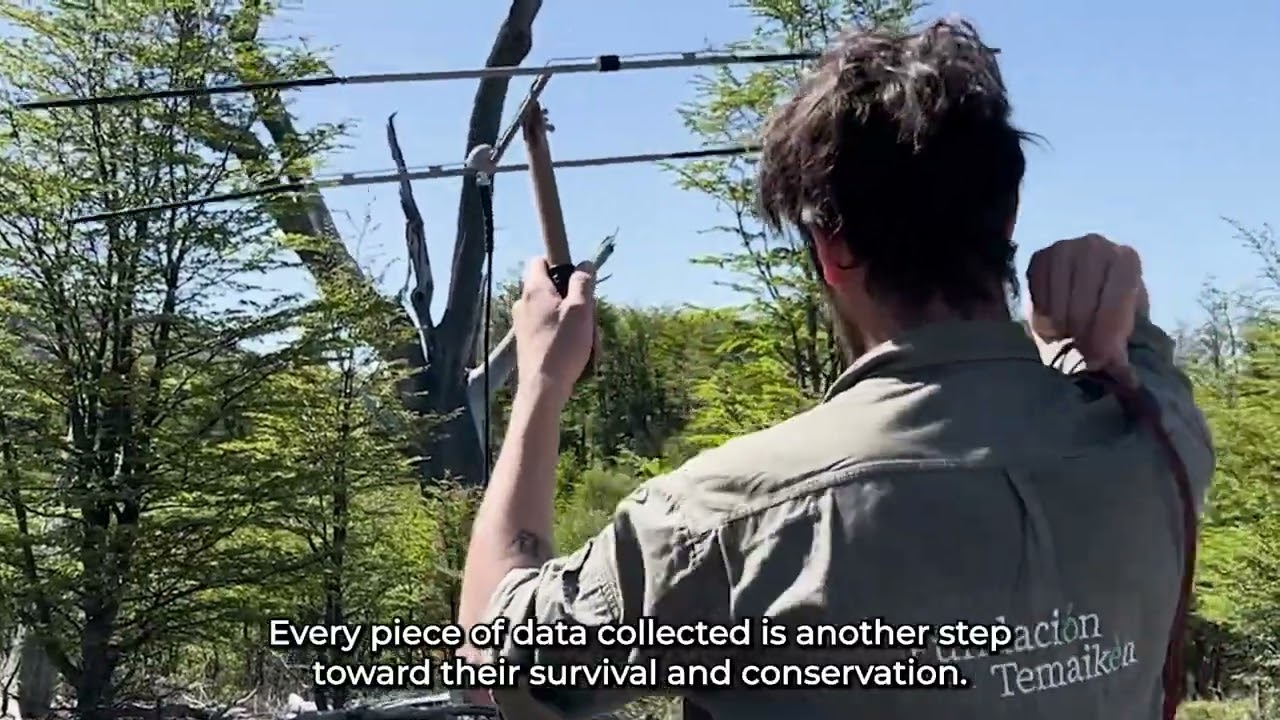- The biology and ecology of the Huemul, highlighting its adaptations and survival strategies in the Andes.
- Challenges facing the Huemul, including habitat fragmentation and human activities affecting their populations.
- Current conservation efforts aimed at protecting the Huemul, emphasizing cooperative global and local strategies.
- The role of zoos and wildlife reserves in supporting the Huemul conservation and public awareness.
- Insights from recent video documentation and research studies providing new understanding of Huemul behavior and needs.
The Huemul, often referred to as the Ghost of the Andes, is a unique and elusive deer species inhabiting the mountainous regions of Chile and Argentina. Known scientifically as Hippocamelus bisulcus, this species is distinguished by its robust physique, thick legs, and short, stocky antlers. The Huemul is well adapted to the rugged terrains of the Andes, a testament to its survival in one of the harshest environments on Earth.
Biologically, the Huemul shows several intriguing adaptations to its environment. Its thick coat provides insulation against the cold, while its short ears reduce heat loss. These physiological features enable it to thrive at high altitudes where other species might struggle. Their digestive systems are specialized for a diet that changes with the seasons, from lichens and mosses in winter to grasses and shrubs in the warmer months. This dietary flexibility is crucial for their survival, given the seasonal variability and nutrient scarcity characteristic of the high Andes.
Despite these adaptations, the Huemul faces numerous challenges, largely human-induced. Habitat fragmentation due to agricultural expansion, mining, and road construction poses significant threats. These activities not only reduce the available habitat but also increase the risk of poaching and enhance predator access to Huemul populations. Moreover, domestic livestock often compete for food resources, further stressing Huemul populations. Addressing these issues requires a multifaceted strategy involving stricter enforcement of wildlife protection laws, habitat restoration, and sustainable land-use practices.
Conservation efforts to protect this endangered species have been a focal point for environmental organizations. These efforts are increasingly collaborative, engaging local communities, governmental agencies, and international bodies. Strategies include creating protected areas, such as national parks and reserves, where the Huemul can roam safely. Conservationists also focus on habitat restoration projects that reconnect fragmented landscapes, allowing for greater genetic diversity and population stability.
Zoos and wildlife reserves also play an essential role in Huemul conservation. They are not simply refuges for animals; they serve as educational platforms that raise public awareness about the challenges these animals face in the wild. By providing a setting where visitors can learn about the Huemul and its environment, these institutions inspire support for conservation efforts. Furthermore, zoos contribute to the genetic study and captive breeding programs that can bolster wild populations.
Recent video documentation has provided unprecedented insights into Huemul behavior. Through advanced technology like camera traps and drones, researchers can observe Huemul in their natural habitat without disturbance. These videos reveal aspects of social behavior, mating practices, and territoriality that were previously speculative. Such research is pivotal in understanding Huemul needs and enhancing conservation strategies, ensuring that interventions are grounded in solid data.
To safeguard the Huemul, these efforts require sustained funding and commitment from all stakeholders involved. With continued research, improved public awareness, and international cooperation, there is hope that the Huemul will remain an enduring presence in the Andes. The Huemul’s survival is not just vital for biodiversity but also for the rich cultural heritage it represents for the people of Chile and Argentina. By championing the protection of the Huemul, we underscore the importance of preserving our planet’s diverse ecosystems for future generations.
*****
Source Description

